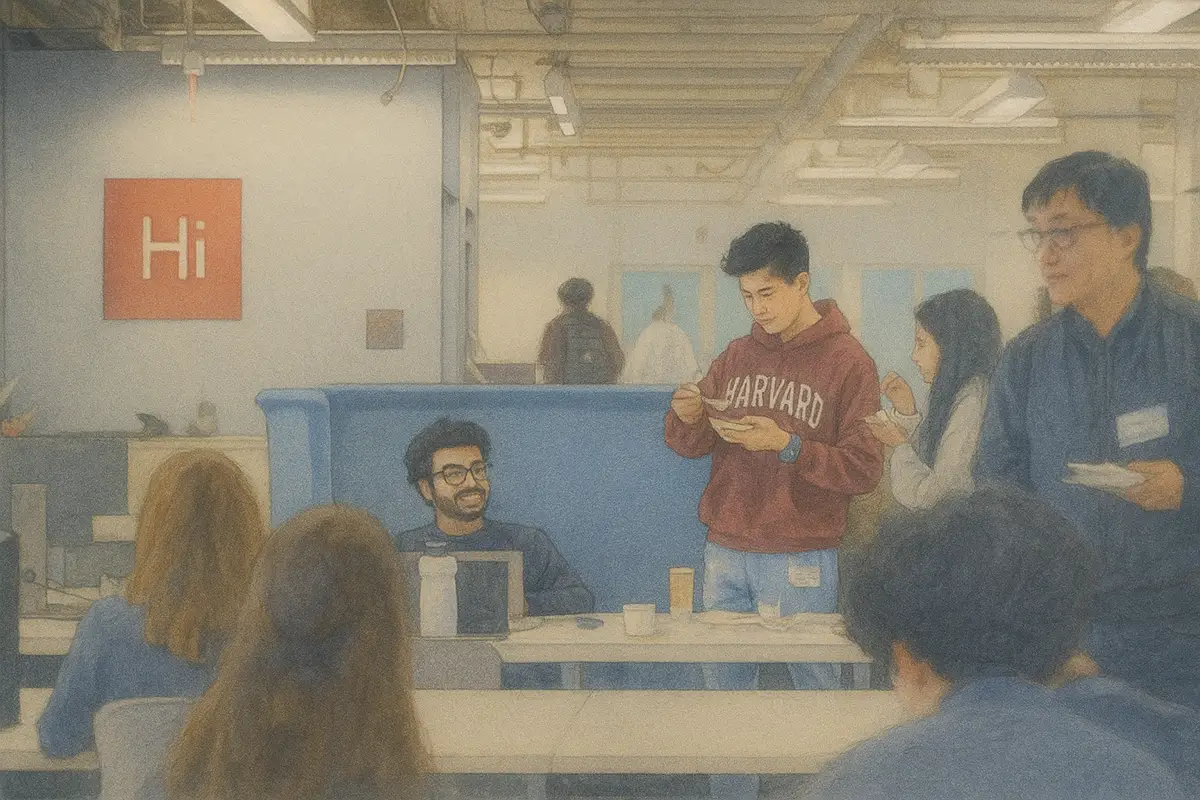.jpg)
Heat is the leading weather-related killer in the United States.
In Arizona, where more than 70 days exceeded 100 degrees in 2023, extreme heat is often fatal. In 2022, extreme heat contributed to hundreds of deaths and over 4,000 hospital visits in Arizona.
And it’s been getting worse. “Over the last 20 years, we've seen an increase of heat related deaths year over year,” explained Jennifer Botsford, the Bureau Chief of Environmental Health at the Arizona Department of Health Services (ADHS).
Grassroots efforts tackling extreme heat across Arizona have been significant, but fragmented. Most of the coordination happening was at the county level, and many groups staffing cooling centers and distributing water disconnected from others doing similar work. Information sharing happened mostly based on who knew who.
Following a 2023 executive order from the governor, ADHS issued the state’s first Extreme Heat Preparedness Plan in March of 2024 to “unify coordination of grassroots heat response with state agency efforts.”
To lead these efforts, ADHS’ Dr. Eugene Livar became Arizona’s Chief Heat Officer, a first-in-the-nation role, to coordinate among state agencies, county departments and cities, and community-based organizations. “There really wasn’t overall coordination happening with all these entities, all the counties, and all of the programmatic areas,” explained Dr. Livar. “So it was really piecemeal.”
To improve coordination and communication around heat relief, ADHS formed the Arizona Heat Preparedness Network in 2024.
Successfully coordinating across so many state, county, and local partners — both inside and outside of government — required a rearchitecture of the technological infrastructure.
Cleo Warner, a Senior Planner at Maricopa Association of Governments, described how, for years, officials sent out a monthly newsletter with heat relief information. But the newsletter was “wholly inadequate for the type of communication and resource sharing that needs to take place,” Warner said.
The existing technologies and channels weren’t up to the task. “People were really having a hard time”, explained Dr. Livar. “They were chasing emails, Whatsapps, communications, text messages and phone calls, trying to figure out who's who, what's going on where, and who can get in contact with who for what.”
Officials at ADHS set to work finding a technology to support the kind of interagency, cross-organizational, top-down, bottom-up, and horizontal coordination efforts that they knew heat relief efforts required.
They didn’t have to search long.
“We learned about Roundtable, and we knew immediately that this was a solution that we could use and implement,” explained Botsford. Today, over 170 entities in the Arizona Heat Preparedness Network are connecting in Roundtable, including county and city agencies sharing information, community- and faith-based organizations staffing cooling centers, and non-profits distributing water bottles, just to name a few.
With Roundtable, ADHS shares critical announcements in one place and reaches hundreds of partners. But it’s about more than just communication. Botsford explained, “We use Roundtable as a document repository. We use Roundtable for online meetings. And we also use it as a way to connect our partners, so they can have online discussions and post about events.”
For ADHS, this was never just about top-down coordination. Botsford explained “We needed to bring all that knowledge from organizations that are running these cooling centers and really driving the heat relief efforts up to the counties and up to the state to ensure that knowledge is informing our state plans.”
Francisco Garcia is Heat Relief Program Coordinator for the Maricopa County Department of Public Health. He’s now able to reach organizations across the county. “On Roundtable I'm able to connect with all of our partners and inform them of site closures, available resources, upcoming meetings — pretty much anything that needs to be communicated out.”
And for frontline service providers, Roundtable is a connective tissue. Artemisa Martinez, Executive Director of Housing and Homeless Services at the Lincoln-Family Downtown YMCA explained “Roundtable has helped me make connections that I wouldn't otherwise have made. It's a very user-friendly platform.”
Having a central hub for communication among a connected network of partners unlocks the opportunity for real-time peer-to-peer support.
“We were able to connect one organization who needed water with an organization that had extra. And before that would have been really tricky,” said Taylor Lutich, Heat Relief Coordinator at ADHS.
In the world of heat relief, better coordination can save lives. Botsford said, “Last year was the first year that we saw a decrease in heat-related deaths. And we believe that has a lot to do with the coordination efforts that are happening in Arizona.”
For Arizona’s Chief Heat Officer, there’s still more opportunity for coordination. Dr. Livar is hopeful about expanding the use of Roundtable to include medical examiners and first responders.
And Dr. Livar is seeing other states ramp up heat relief efforts. “Every month it seems like there's another state rolling out an extreme heat preparedness plan, or their version of that, which just makes your heart smile because people are taking this seriously. They're taking the steps that they need to do to help keep their communities safe.”
“We're all working towards the same goal,” explained Lutich. “It's inspiring. And it's just so crucial to have that central hub.” Lutich went on, “I really can't imagine doing this role without Roundtable.”

Subscribe to our blog today for Roundtable news and product announcements, straight to your inbox.